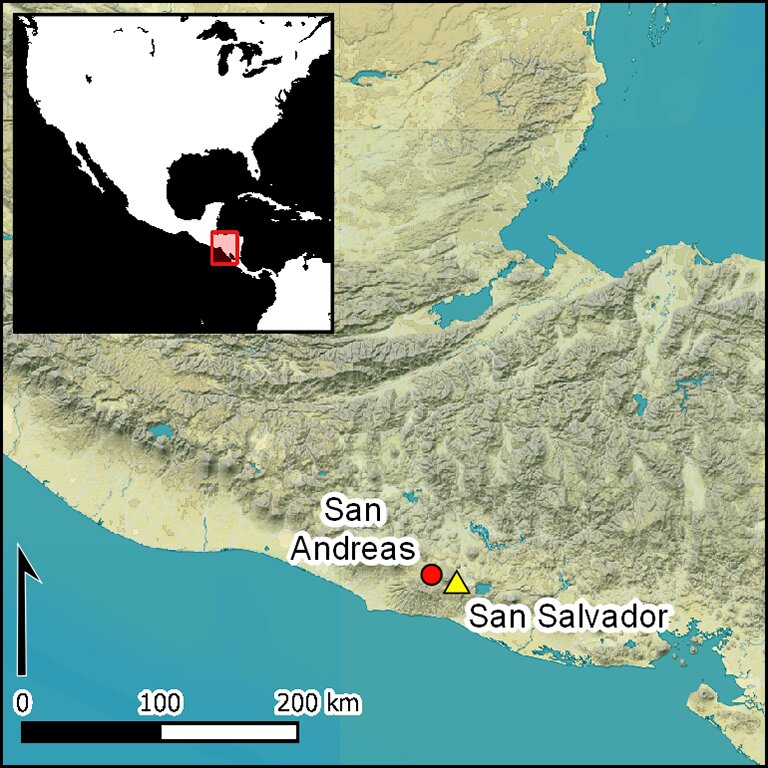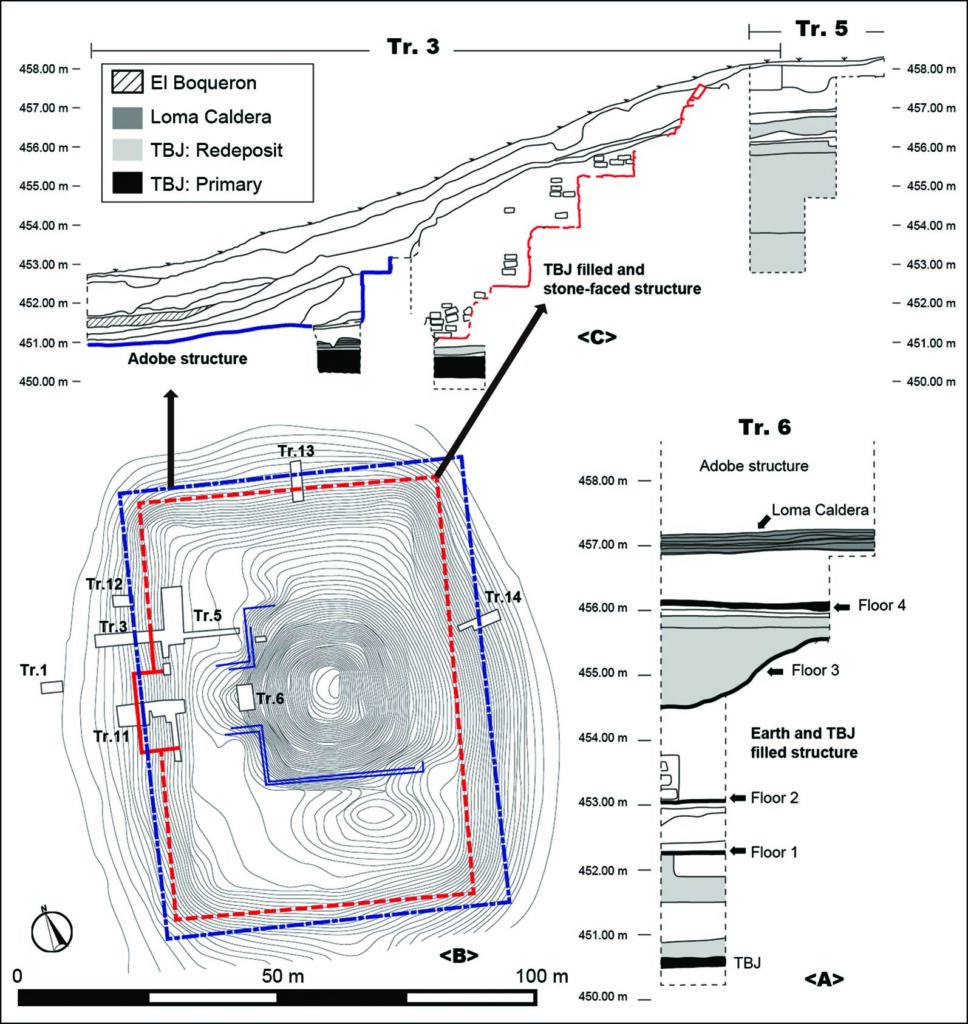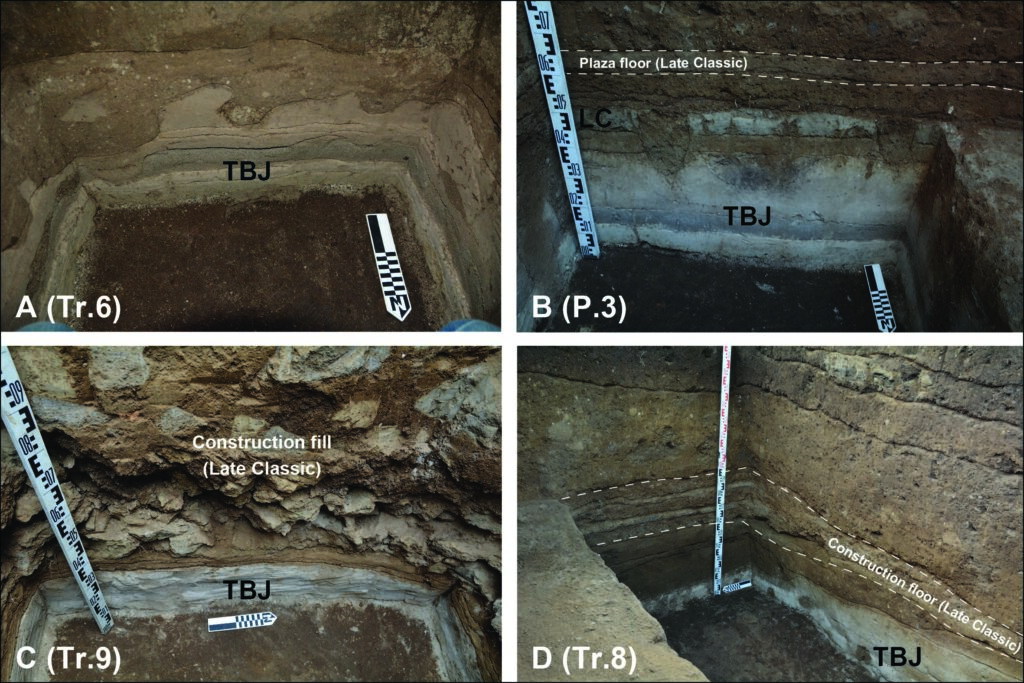Ancient Mayans built pyramids partly from ash after a catastrophic volcanic eruption
Akira Ichikawa, an archaeologist at the University of Colorado Boulder, has found evidence of Mayans returning to a part of Central America that was destroyed after a catastrophic volcanic eruption, much sooner than previously thought.

In his paper published on the Cambridge University Press site Cambridge Core, he describes his study of the area around what was once the site of San Andrés in the Zapotitán Valley, in what is now El Salvador.
Prior research has shown that in AD 539, the Ilopango volcano erupted in an event now known as the Tierra Blanca Joven eruption, and it was a really big one—the largest in Central America over the past 10,000 years, and the largest on Earth over the past 7,000 years.
The blast was so powerful that it covered the area around the volcano in waist-high ash for 35 kilometers. It also blew itself apart, leaving behind a deep gash that is now a crater lake.
The eruption also greatly impacted the Mayan civilization, sending it into a period of decline due to the loss of nearby settlements and cooler temperatures across the Northern Hemisphere.
Due to lack of evidence, historians have debated for years about how soon the Maya returned to the area, with most suggesting it likely took hundreds of years.
In this new effort, Ichikawa describes evidence of the Mayan people returning to a site 40 miles west of the volcano between 30 and 80 years after the eruption. And not only did they return; they built a large pyramid using ash and dirt.

To learn more about what went on in the area around the site, over the years 2015 to 2019, Ichikawa collected and analyzed samples from the ground and from the Campana structure, a pyramid resting atop a large platform.
He found that work on the structure appears to have begun approximately 30 years after the eruption, though it could have been as long as 80 years.

Either way, the data suggest that the Mayan people returned to the area quickly—soon enough that some could have been survivors of the blast.
Ichikawa suggests it is likely the people built the pyramid as a way to appease the gods who had shown their anger by setting off the eruption.






